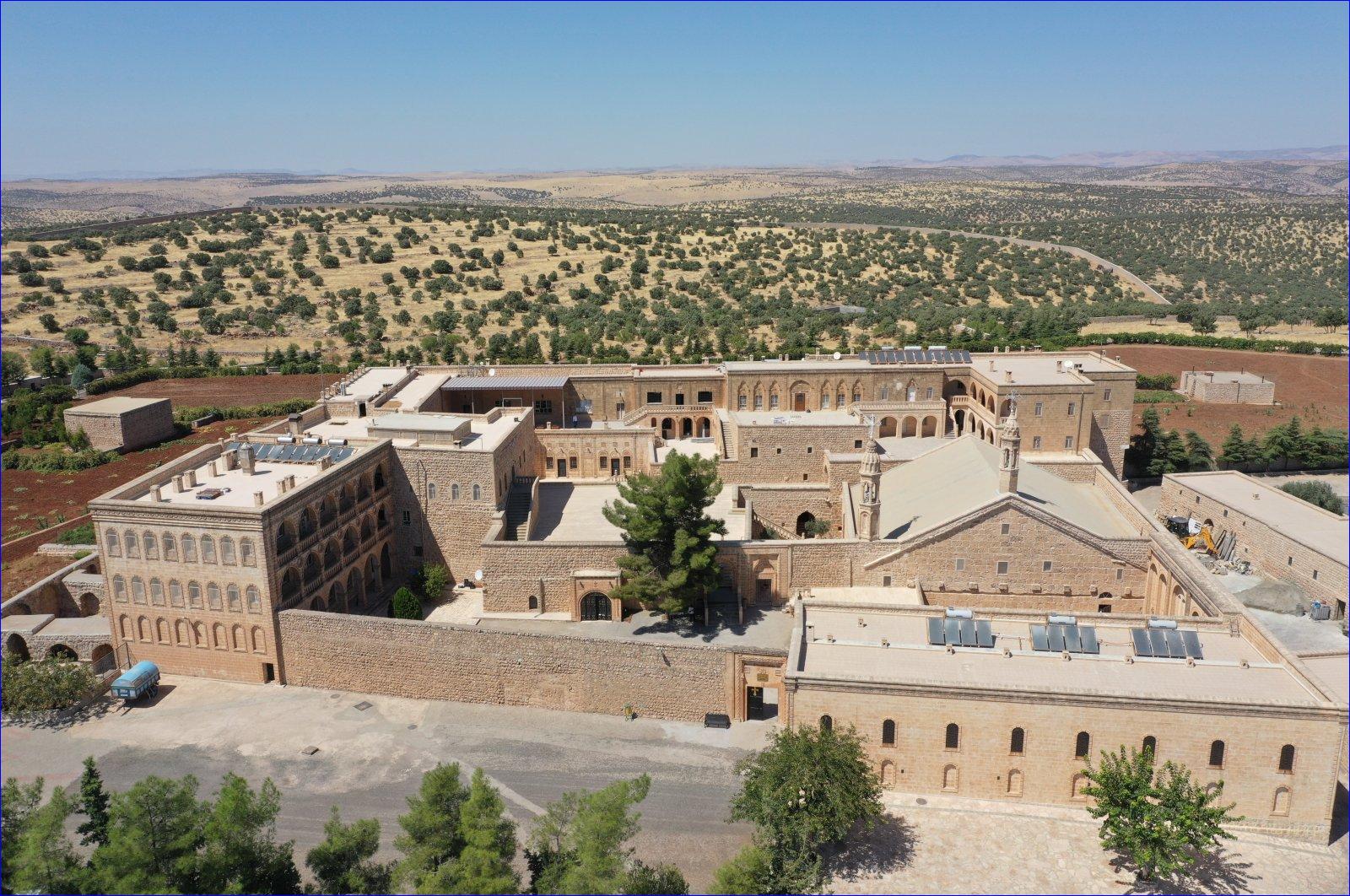


The Kemaliye district, which was located on the Silk Road and caravan routes, stands out with its unique urban texture, architecture and original settlements. The Euphrates affected the design space and architecture of the region and the settlements were established in accordance with this effect.
Karanlık (Dark) Canyon is an integral part of the Kemaliye settlement and is approximately 35 kilometers (21.75 miles) in length. The height difference between the river base and the valley edge reaches up to 1000 meters (3280.84 feet), placing Dark Canyon among the top five deepest canyons in the world. According to the UNESCO website, traces of the Turkish population can also be found in the Dilli Valley, which lies some 4 to 5 kilometers to the northwest of Kemaliye. The data obtained from petroglyphs and carvings in the valley through photometric scans and ethnographic methods provide significant knowledge on the history of Turkish culture.
The Tur Abdin (meaning "the Mountain of the Servants of God" in Syriac) region, which presents early examples of monastic architecture, witnesses the emergence of a new and unique architectural language that can be associated with the Syriac Orthodox community throughout history. Tur Abdin, a limestone plateau, has a unique cultural landscape with approximately 80 villages and 70 monasteries from various periods.
Eight monasteries and churches were selected for nomination in Tur Abdin: the Church of Mor Sobo, the Church of Yoldat Aloho, the Monastery of Deyrul Zafaran, the Monastery of Mor Gabriel, the Monastery of Mor Abai near Qelleth, the Monastery of Mor Loozor near Habsenas, the Monastery of Mor Yakup at Salah and the Churches of Mor Quryaqos at Urdnus and Mor Azozo el at Kfarze.
These structures, which share common features and date back to the sixth and eighth centuries, allow the character of the region to be understood as a whole. They also constitute an important example of the rich cultural heritage of different beliefs in Turkey.

or register to post a comment.